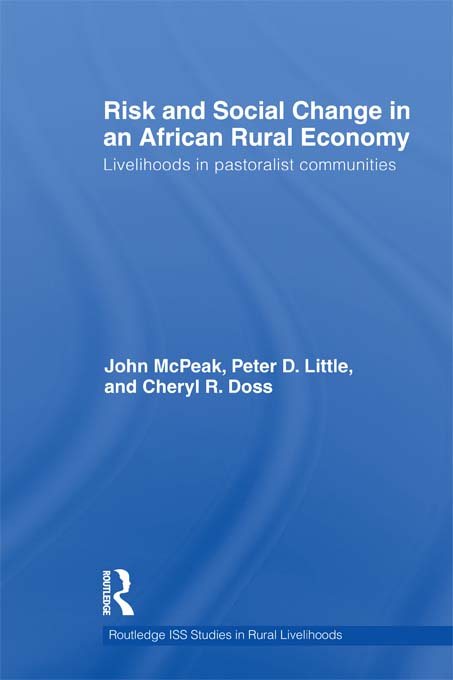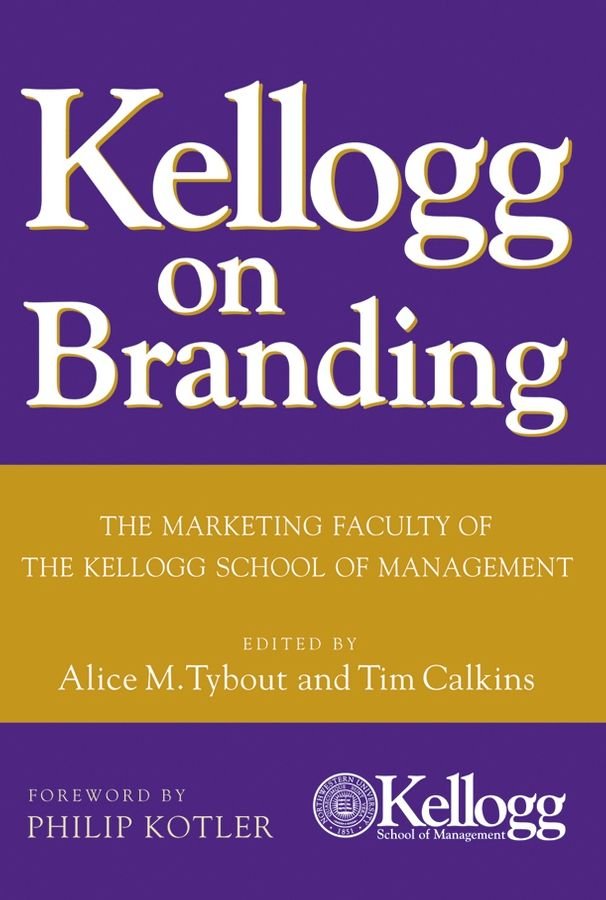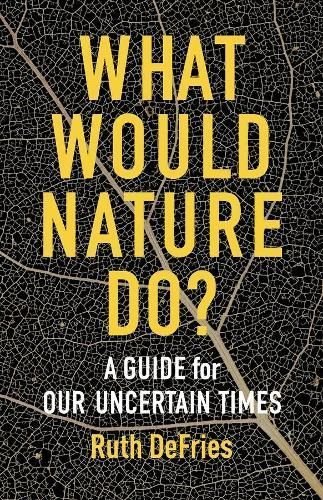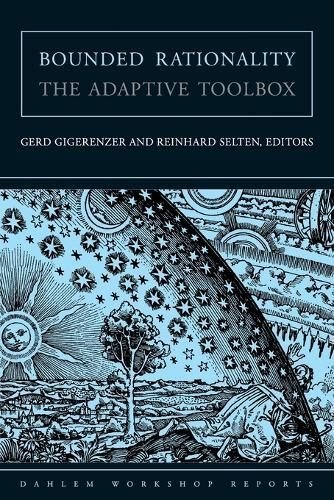In the “black box function optimization” problem, a search strategy is required to find an extremal point of a function without knowing the structure of the function or the range of possible function values. Solving such problems efficiently requires two abilities. On the one hand, a strategy must be capable of learning while searching: It must gather global information about the space and concentrate the search in the most promising regions. On the other hand, a strategy must be capable of sustained exploration: If a search of the most promising region does not uncover a satisfactory point, the strategy must redirect its efforts into other regions of the space. This dissertation describes a connectionist learning machine that produces a search strategy called stochastic iterated genetic hillclimbÂ- ing (SIGH). Viewed over a short period of time, SIGH displays a coarse-to-fine searching strategy, like simulated annealing and genetic algorithms. However, in SIGH the convergence process is reversible. The connectionist implementation makes it possible to diverge the search after it has converged, and to recover coarse-grained informaÂ- tion about the space that was suppressed during convergence. The successful optimization of a complex function by SIGH usually inÂ- volves a series of such converge/diverge cycles.












